Building a brand is not about logos, colours or fonts; it’s about influencing the perceptions of the audience to make a business more appealing.
The only way to do that successfully is by developing a brand strategy and the only way to do that is with an effective brand strategy framework.
If there was ever a time when having a nice logo and slick website was enough, that time is gone.
Today, audiences want to feel connected to their brands in a way that feels human and if they can’t get that from your brand, they’ll get it from another.
If you want to build brand strategies that connect, then this brand strategy framework will show you how.
Let’s get stuck in!
Learn Brand Strategy In 17 Minutes (2022 Crash Course)
[Video Breakdown]
One-click subscribe for video updates
Brand Strategy Answers
Important Questions

In years gone by, it was commonplace for business owners to grab themselves a quick logo, bash together a website and expect the find the express line to success.
Though plenty of wishful thinking entrepreneurs still exist, more and more are beginning to realise that without a strategy, their brand might as well be hogtied and left in the desert for dead.
For a brand to have any chance of success some critical questions need to be answered including:
Why are we here?
Who are we here for?
Where are we going?
What are we committed to?
How Are We Different?
Why Should They Care?
What’s Our Personality?
What’s Our Message?
A good-looking brand identity system is important, but your looks will only get you so far if you’ve got no personality and nothing to say.
Why Do You Need A Brand Strategy?

Whether you’re building your own brand or your client’s brand, this is a fundamental question that should be given some time to be addressed, just so everyone knows that this isn’t a task to be undertaken for sh*ts & giggles.
Let’s dissect the alternative for a second.
Supposing you decided to take the quick and easy road of grabbing a logo and website… then what?
How you look doesn’t tell the audience what they should understand or remember about your brand that they might use when deciding which brand to choose.

As consumers, we want our problems to be removed as quickly and as painlessly as possible.
This need for a solution doesn’t draw us to brands that look good.
It draws us to brands that show understanding, feel familiar, address our pain-point and speak to us in a way we would expect a friend to speak to us.
In short, if you’re building a brand, you’re building an entity to connect your business to your audience through human engagement and that… is why your brand needs a strategy.
PRO Brand Strategy BluePrint
Build Brands Like A Pro Brand Strategist

Branding Has Never Been More Important

Branding has been defined in many ways from some big names you should listen to.
A brand is not what you say it is, it’s what they say it is – Marty Neumeier

Your brand is what people say about you when you’re not in the room – Jeff Bezos

Branding is not about the stuff you make but the stories you tell – Seth Godin
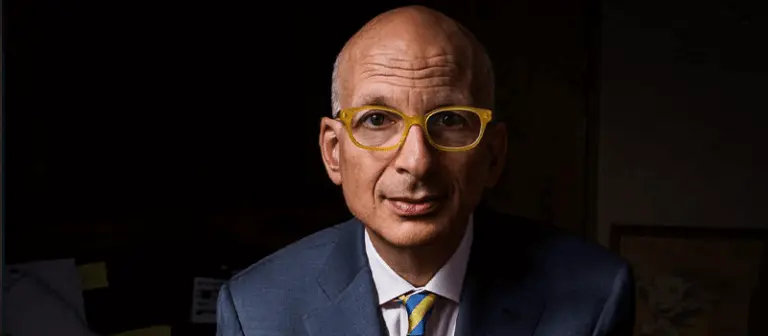
These are all great quotes that shine a light on what branding is and the importance of it.
But when it comes to having a “finger on the pulse instinct” about the state of business, marketing and branding in the modern era, few come close to Gary Vaynerchuck.
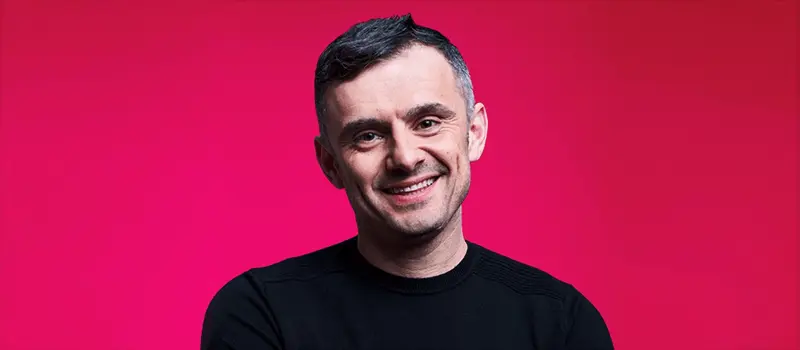
Gary Vee is a staunch preacher of the importance of brand with the impending and rapidly moving “low barrier for entry” environment that is accelerating.
According to GV, if you fail to build your brand in the next 10 years, you’ll struggle in the new world
“I promise, if you miss the mark on branding in the next decade, the next [successful] platform is gonna really make you pay because you’ll be competing with more brands than you ever have.
The number 1 way to win in this disruptive environment is to build an actual brand where they need you and have to have you”.
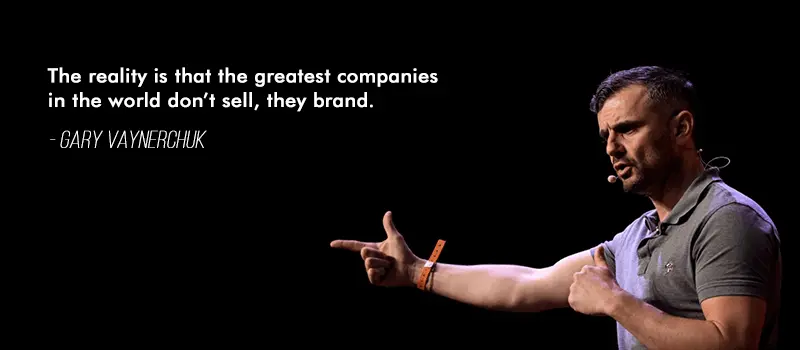
While outbound advertising will always have its place, inbound branding where your audience seeks you out is the present and the ever increasingly…. the future.
Explore Brand Strategy
Programs & Tools
What Does A Brand Strategist Do?

Traditionally, brand strategists have been a luxury expert reserved for branding giants such as Nike, Apple, Unilever and P&G.
Today however, as more entrepreneurs hear the likes of Gary Vaynerchuck, Richard Branson and Grant Cardone preaching the branding gospel, the demand for these experts and the strategic direction they offer has increased significantly.
So, what exactly does a brand strategist do?
In short, they devise a plan of brand expression that will ultimately help to shape the perceptions in the mind of the intended audience about what the business means to them and the experience it offers.
If they’re successful, the audience will “feel something” (an attachment, a connection, an understanding, a desire, an affinity) towards the brand that they otherwise wouldn’t have without carefully positioned, structured and personalised brand messages.
What Is Included In A Brand Strategy?

The deliverables of a visual brand vs a brand strategy are best compared with an analogy.
Let’s say you wanted to go on a really long hike crossing multiple foreign countries and dangerous terrain.
You go to a specialist hiking consultant who gets you fitted for your trip with hiking gear, boots, wet weather gear, thermal gear, gloves, backpack etc and then points you in the general direction of where you want to go.
Would you feel confident heading off in his pointed direction? No.

If on the other had, he sat you down with a detailed roadmap of the navigation route outlining the roads to use, the areas to avoid, the most efficient times to travel and the best survival techniques to use on your journey, how would you feel in comparison?
A little more confident that you’ll get to where you want to go I’d imagine.
The Deliverables Of A Brand Strategy

The deliverables of a visual brand are relatively straightforward and can include. The can include a number of the elements listed below:
Logo
Image Style
Graphics
Illustrations
Brand Style Guide
Website
Digital Assets
Brochures
Business Cards
Environmental Design
When it comes to brand strategy however, it’s all about mapping out a plan of brand expression that the brand manager can follow to shape the perceptions of the brand in the mind of the audience.
To that effect, the brand strategy should include
Detailed Audience Persona’s
Competitive Analysis
Differentiation & Positioning Strategy
Human Brand Persona & Personality
Brand Voice
Communication Framework
Brand Message
Brand Storytelling Framework
Marketing Strategy
Just like a hiker embarking on a journey into the unknown, the brand manager will feel much better equipped to make it to the intended destination if they have a strategic roadmap and conviction in their direction to go with their branding gear.
A Framework For A Successful Brand Strategy

Whether you’re developing your brand strategy for your own brand or for a client, you need a clearly defined framework to build an effective one.
Developing a strategic branding element at the wrong point in time or overlooking any of the required considerations will likely result in a misaligned brand with a malfunctioning compass.
Building a brand, much like building a house requires certain building blocks to be placed in a certain order to ensure a strong foundational stability.
That’s exactly what a brand strategy framework provides and in the content below, you’ll find out exactly what that looks like.
Step 1:
Uncover Your Brand Core

The first step of the brand strategy framework heavily involves the business and brand leaders as it extracts the meaning of the brand from their perspective.
Through discovery and collaboration this step uncovers:
Why the brand exists
Where it’s going
What it’s committed to
How it will behave
Step 2:
Develop Your Buyer Personas
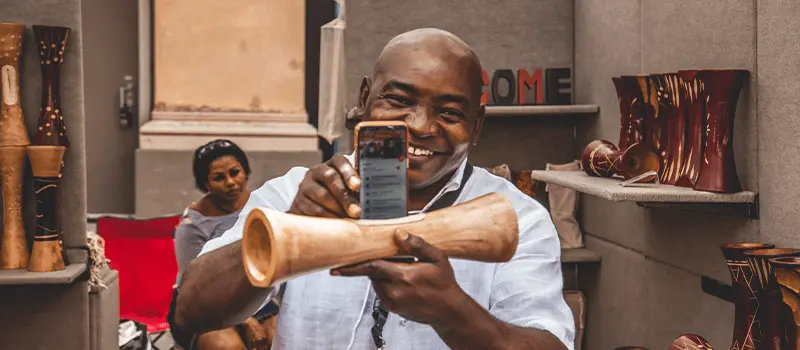
Although the term “Know your audience” is not uncommon, few brands are built with the level of understanding needed to really get into the heads and hearts of that group of people.
So much of the brand stems from the detail of who the audience is, and their segments so it’s vitally important to take the time and attention needed to truly understand them.
Step 3:
Weigh Up The Competitive Brands

Your target market already has options for the solutions your brand provides through your competitors.
If you simply turn up offering the same thing, you’ll be at a distinct disadvantage to the competition who already boast brand presence and awareness.
This step is all about uncovering what it is your competitors do well and where they’re leaving gaps your brand could exploit.
Step 4:
Forge Your Differentiation Strategy

The clarity of your competitive landscape through your audience research and your competitor analysis provides you with a bird’s eye view of the market conditions.
From here you can begin to identify the gaps left open by your competitors and get to work on developing those gaps into fully-fledged positioning ideas.
Step 5:
Define Your Strategic Market Position

Once the differentiation strategy and the target market has been aligned to confirm that the market is big enough to serve with your unique idea, you can begin to clarify your position.
What you do, who you do it for, the difference from the existing options and the added benefit and value to the audience are all consideration that need to be ironed out to define your positioning strategy.
Step 6:
Align Your Brand Archetype

When you know who the audience is and the desires they have, you can begin to uncover their personality type using a scientific framework called brand archetypes.
Developed by psychiatrist Carl Jung early in the 20th century, this framework provides a tool for brand builders to first understand the personality of their audience and then, develop a personality framework most likely to appeal to their character.
Step 7:
Shape Your Brand Personality Strategy

While your brand archetype sets in place the foundation for your broader personality, it is only a framework and a starting point.
To truly bring your brand to life so it feels to your audience like a persona they can connect with, you need to draw out its realism.
Attitudes on the industry, opinions on the wider world and broader beliefs all help to add detail and believability to your brand personality.
Step 8:
Find Your Brand Voice & Tone

One of the most effective tools of expression for any brand is the tone of voice in which its message is delivered.
The characteristics defined in the personality development can be further enhanced by a voice designed to carry those characteristics through to the written and verbal word.
An audience that reads or hears language and tone that feels familiar will be far more open to the message that voice is delivering.
Step 9:
Uncover Your Human Brand Persona

The brand archetype , brand personality and brand voice all come together to form a character that represents the human brand.
Though some brands choose to bring the brand persona to life through an actual character the way GEICO did with their Gecko or McDonalds did with Ronald McDonald, for the most part, the human brand persona doesn’t manifest itself visually.
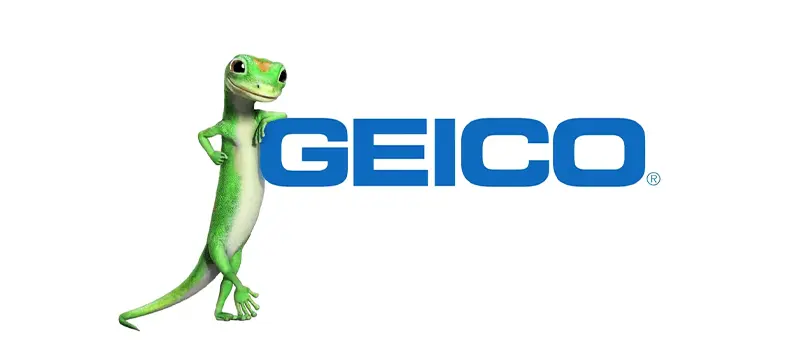
Instead it exists through the characteristics the brand displays at every touch point through its visual identity, typography, colour, image style, message, story and tone of voice.
Step 10:
Define Your Brand Messaging Framework

Armed with a human brand persona and an intimate knowledge of who the audience is and what they want, a brand message can be created to land in the hearts and minds of who that audience is.
Through an understanding of their challenges, pain-points, hopes, dreams, fears and desires, the brand message should be well equipped to resonate on a deep and human level.
Step 11:
Craft Your Brand Storytelling Framework

In his Ted Talk titled “This is your brain on communication”, Neuroscientist Uri Hasson delivered his finding to tell us all what we instinctively knew already.
Humans are captivated by story and we are far more attentive to information when it is delivered to us through a story.
In fact, according to Uri Hasson, we’re 22 times more attentive.
This step of the framework requires the brand strategist to wrap the brand message up into story-based information that can be delivered at every touch point.
Step 12:
Design Your Brand Identity System

This step is where branding crosses over from the strategy development side to the visual identify side.
The difference here however is that a designer armed with such an array of strategic information and direction, enjoys a vantage point not available to non-strategic designers, which translates to a visual identity with an edge.
Beyond The Brand Strategy Framework

Once the brand strategy and the subsequent visual identity has been developed, the brand is ready to be introduced to the world.
Although the brand has the gear and a strategic roadmap needed for navigation, it’s only now embarking on that journey.
Rome wasn’t built in a day and neither are brands.
From it’s launch, the brand manager must ensure they follow the strategic roadmap constantly.
Along the road to brand success they must aim to rendezvous at each checkpoint:

Brand Awareness

The first task is to put the brand on the map and into the consciousness and subconsciousness of the intended audience so it stands a chance in the consideration phase of the buyer’s journey.
The more awareness, the more consideration.
Brand Adoption

With awareness established, the brand must work hard through their sales and on boarding and nurturing process to convert this awareness into adoption.
Generating one-off business is not easy. Generating repeat business requires finesse.
Brand Advocacy

Widely considered the holy grail of branding, brand advocacy turns customers into walking, talking, tweeting and vlogging mini marketing machines.
The evidence and impact of social proof is well documented.
In fact, social proof is one of the foundational principals of influence defined by renowned psychologist and author Robert Chialdini in his book “Influence: The Psychology Of Persuasion”.

In his book, Chialdini says
“The tendency is to see an action as more appropriate when others are doing it”.
In other words, a happy customer singing your praises is pure gold and brands that go all out to achieve brand advocacy, reap the rewards.
Over To You
Build brands doesn’t happen on illustrator over a cup of coffee .
They’re build over time with careful consideration and the consistent application of a strategic communication plan.
This plan is the deliverable of the brand strategy, and without one, brand managers are aimless wanderers.
Do you have a framework to develop brand strategies for your own brand or for a client?
I’d love to hear from you about your experiences or your challenges when it comes to developing or following a brand strategy framework.
Pop a comment in the box below now!
On-Demand Digital Program
Brand Master Secrets
Make the transition from hired-gun to highly valued brand strategist in less than 30 days. The systems, frameworks and tools inside this comprehensive program are all you need to level up.








